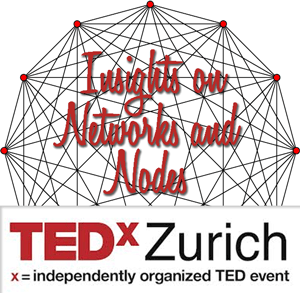I took my yearly ”intellectual vacation day” on 25 October to attend the third annual TEDx Zurich conference. With 500 people in attendance and about the same number viewing the event live, TEDx provided food for thought and discussion and a chance to hear from and network with some mighty impressive thought leaders in their chosen fields.
As I did last year, I’ll try to give you a few highlights of the conference and focus on the innovative ideas I heard that apply to business today.
The first couple of segments of the conference were more generally thought provoking and inspiring. With compelling graphics and animation, the opening film illustrated how winning the war on poverty begins with educating girls across the globe and networking them together.
Then Mikael Colville-Andersen, an urban mobility expert from Denmark, asked the audience to clap their hands to a rhythm of 96 beats a minute to illustrate the number of people who die every minute in car accidents around the world. Building better networked bike paths in urban areas was one solution he offered for this problem.
The third speaker was more directly connected to the world of business. James Glatterfelder compared the organizing principles of our economy to nodes of firms in a complex system of ownership networks.
He pointed out the systemic risk in a ”network of global corporate control.” The 43,000 transnational companies (TNCs) who control the world make up 36% of the world’s corporations but create 95% of the value.
Out of those transnational companies, the top 337 companies can control 80% of their total value of these TNCs, and 146 of the key players have the potential to control 40% of their total value. With an estimated 13 million ownership relations shared among the TNCs, this network is too connected to fail.
How does your company measure up in this global world of connectivity? Are you too connected to fail? Ask, assess, then act. We’re here to help!

